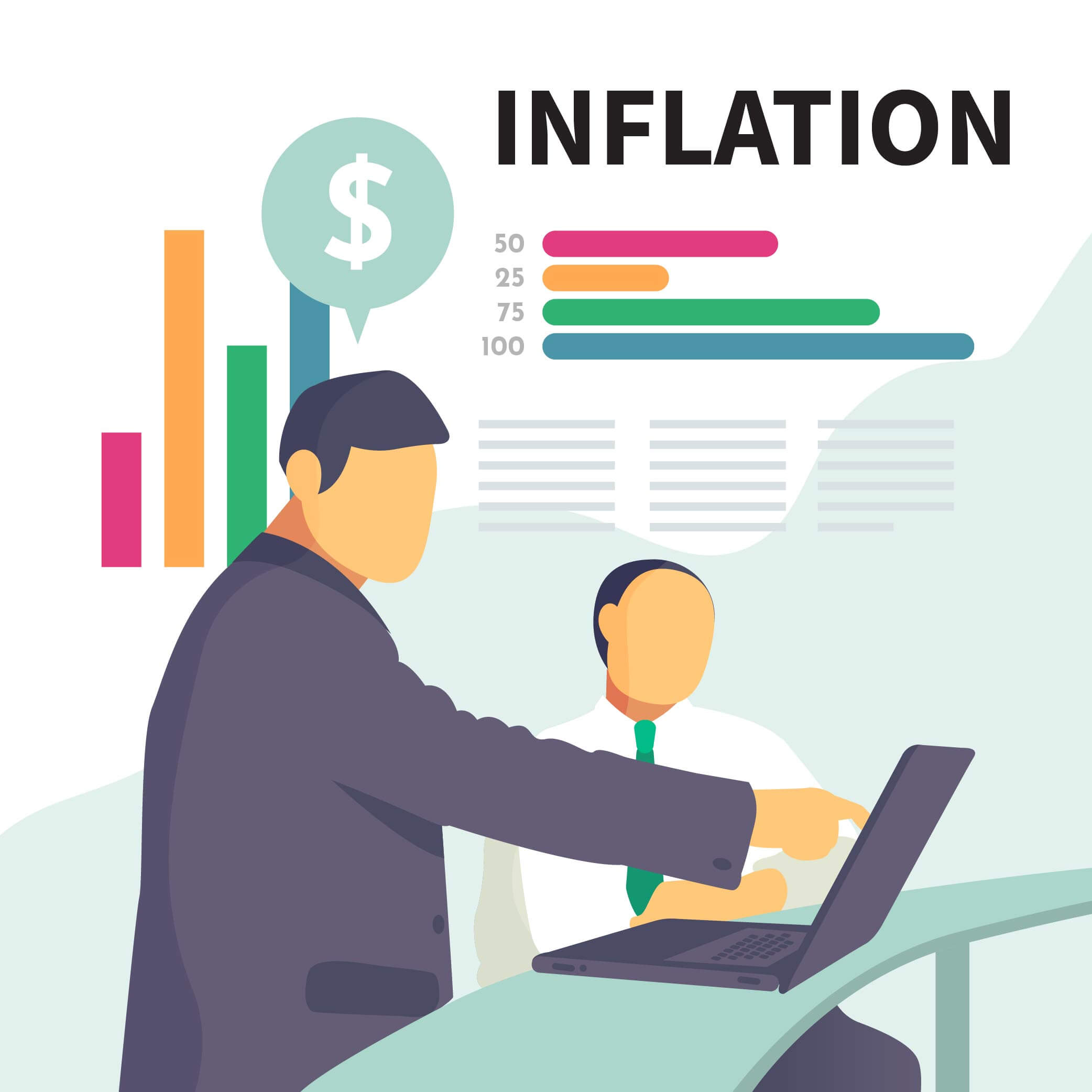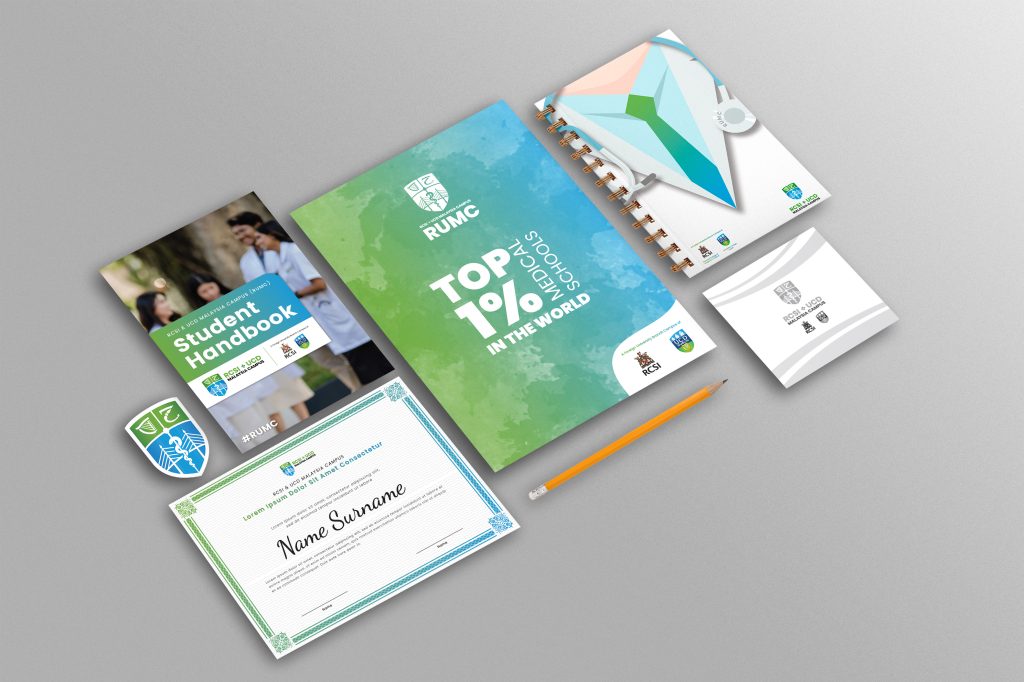Our top-tier consultancy services provide strategic guidance to elevate your entire digital presence.
Learn More
Contents
In the past years, many countries around the world, including the United States and the UK, have been feeling the effects and pressure of high inflation. This level of inflation is now the highest it has been in the last decades.
Experts believe that the COVID pandemic lockdowns in the past have contributed to the present inflation. Lockdown policies to manage the virus spread, placed great stresses on supply chains and created bottlenecks for transport, logistics, operations, and labor. When economic sectors finally opened up after lockdowns, prices of raw ingredients rapidly shot up due to the shifts in demand and supply. The rise in prices of raw ingredients and materials has affected many business sectors.
The immediate response was that consumers would have to bear the brunt of inflation. However, businesses and brands are not spared from the damaging effects of this economic phenomenon.
Inflation encourages consumers to spend less on non-essential products. For businesses to survive and even thrive in this difficult economic climate, they have to be creative and make swift adjustments in their marketing strategies.
How inflation affects consumer behavior
In simple terms- Inflation is the increase in price levels across the board, and it has an enormous impact on the economy.
Inflation disrupts the consumer demand for products and services that are deemed non-essential. When prices go up, the natural tendency of consumers is to limit spending. They cut costs and spend only on items or services deemed more necessary. This argument is consistent with the Ipsos survey that reveals two-thirds of consumers are worried about their budgets not being enough to accommodate price increases.
How does inflation affect the marketing strategies of businesses?

A price increase is a natural response for businesses to continue to generate revenue during an inflationary period. But this response may put businesses at odds with their marketing objectives.
The goal of marketing is to create and deliver value to the target consumers. But this goal is hard to achieve when consumers are not willing to accept price increases.
Businesses, regardless of size, should carefully study their business models and marketing strategies during inflation. It is not as simple as raising prices; it should also be about persuading the current customer base that the product and services are worth paying at a higher price.
The big brands may use the inflationary period to set new prices because competitors will do the same thing. The general idea is if everyone is increasing their prices, this increase becomes more acceptable to consumers.
However, if the inflation rate is too high, the solution is not as straightforward as passing the cost to the customers. Consumers will hold on to their money and will buy less. They will tend to choose products or services that offer better deals and discounts.
Negative Impacts of Inflation on a Business
It is harder to meet target sales and revenue in a high inflation condition. Other straightforward impacts of inflation on businesses include falling product demands and breaking price points.
Inflation pushes businesses to abandon their set marketing strategies. These businesses may think of running new promotions to retain revenue. The problem with promotions is that it affects brand equity – the commercial value of the product/service is based on the consumer’s perception rather than the quality of the product and service itself. Too many promotions and discounts may prompt consumers to think that something is not right with the product.
Marketing Challenges Looms
A weak marketing strategy becomes more obvious during an inflationary period. In such conditions, having a great product or service is not enough. Marketers must take the time and analyze their marketing metrics, product quality and corresponding prices, and the present condition of the marketplace. They should be aware of the consumer mindset due to high inflation and learn to change or adapt strategies to manage the negative effects.
Some of the avenues that need evaluation and adjustment include:

Evaluating Customer Base
When high inflation occurs, marketers must revisit and analyze their target consumers. They should be careful of making generalized marketing solutions as inflation does not hit everyone the same way.
One smart strategy is to segregate and evaluate different consumer groups and see their reaction to price increases and the product features they value as consumers. When marketers identify changes and patterns of behavior in the inflationary period, they can adjust pricing and promotional strategies to gain the best results.
Creating a Strong Branding
The story of the brand is even more important in an inflationary period. Marketers should be able to develop an emotional connection between the consumers and the brand. Consumers who have deeply-rooted brand loyalty will most likely be willing to absorb price hikes of their trusted product.
To nurture brand equity and loyalty, marketers must utilize online advertising and marketing strategies that clearly and consistently remind consumers about the product or service value.
Pricing Adjustments
Although pricing may be more the responsibility of the sales department in most businesses, marketers must also involve themselves in pricing as this is a crucial aspect of withstanding the effects of inflation.
Some brands can raise their prices if they have built a strong reputation or a monopoly on the market. This is not always the case for businesses.
Fortunately, we are in the digital age, and companies can take advantage of digital technology to analyze a large amount of data to determine competitive pricing.
A uniform increase in prices for all products and services as a company’s solution to inflation may not be a sound strategy. In most cases, customers react negatively to a price increase for some products but not others. It is the task of marketers to identify consumer sentiment with regard to pricing specific products.
Manipulating Supply and Prioritizing Products
Instead of letting the consumers suffer the price increase, businesses can make internal changes to production, services, and deliveries. The reality is different products or services have different profit margins. Companies can assess their deliveries, product lines, and individual profit margins.
Both the sales and marketing teams can help collect the data for the profitability of various products. Based on these data, managers can reduce manufacturing or slow down the deliveries of products that are proven to be less profitable. In addition, marketing efforts must be directed towards products that have brand equity and reputability.
Changing Quantity
Businesses can change the formulation and sizes of their products to cut down on production and supply costs. For example, reducing pack size is one popular option for companies instead of outrightly increasing prices. Similarly, companies can substitute ingredients or materials for products to cut down production costs.
Although these adjustments are on the production side, the marketing team has a big role in the success of such adjustments. The shrinking of product size must not be random or universal.
Marketers must identify the product categories that command more price awareness from consumers. A price increase for such a product type will most likely discourage consumers from buying. On the other hand, consumers may not react negatively to the size adjustment of certain products.
A skilled marketing team should communicate the value of purchasing certain products in smaller sizes. They can use specific strategies like bundling or value-packing narratives to encourage consumers to remain loyal.
Bottomline
Most of the world is battling inflation that may last for years, and no one is sure when it will end! In this difficult economic climate, marketing strategies must remain creative and dynamic. Businesses with a winning marketing team can position their brand effectively despite shifts in consumer priorities. This is not an easy task, but this remains achievable with a proactive, calculative, and resourceful marketing approach. To ensure that you are not going over budget, you should always have a comprehensive digital marketing RFP (Request for Proposal).
Check out our blog for more marketing-related posts in this digital age.

























